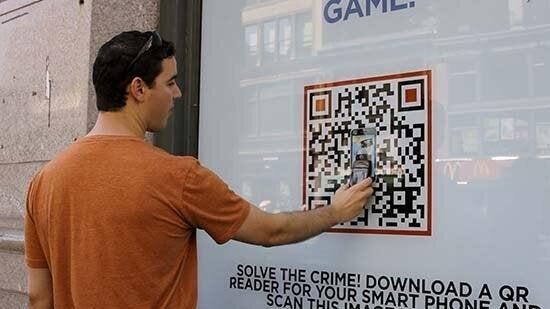The landscape for marketing and advertising is changing. Long gone are the days in which an attractive woman displays her million-dollar smile from an enlarged billboard whilst showcasing the latest high street fashion items. Similarly, the sights of Lionel Messi and Cristiano Ronaldo plastered around the city accompanied by a poignant quote about greatness will eventually fade in to obscurity. The consumer has evolved. Time has allowed them to learn how to block out adverts that they know will not interest them. Even if a consumer appreciates the quality of an advert, they are more financially aware than ever since the economic downturn began to affect the weight of their wallets. An advert for the new Topshop line may well tempt the consumer, but it will no longer convince them to buy - the tight budget now takes care of that.

The internet offered a new opportunity for advertisers. Adverts tailored to users' Google searches lined the right hand side of a Facebook feed and catch up TV contained just as many adverts as live TV... before the advent of AdBlocker. The popular Chrome and Safari add on (which mimics an already existing Firefox extension) mask adverts on a web page, meaning users no longer see paid adverts at the top of their Google search, on their Facebook news feed, or anywhere else for that matter. Adverts had become too much for the 21st century Western consumer; instead of appealing to their senses and encouraging purchase, adverts had become an obstacle and delay in the everyday lives of plenty.
This left advertisers and agencies in somewhat of a muddle. Clearly, there still existed the need to stimulate sales through advertising, but all previous methods had been exhausted. The next evolution of advertising arrived alongside the smart phone, a device that placed a computer more powerful than the one that sent Neil Armstrong to the moon in the hands of many a Western consumer. When coupled with QR codes, the smart phone introduced the element of curiosity in to adverts. When used correctly, advertisers are able to lure consumers in with a point of interest, with more information in store, only if they scan the QR code. Tesco utilised this to great effect in Korea, placing lifelike billboards that depicted supermarket shelves in the subway. Shoppers could scan the QR codes and check out online, and the goods would even be delivered to their home. This particular example of utilising QR codes in advertising shows that instant return on investment can be achieved.
As near field communication (NFC) technology develops, the scope for interactive advertising increases. NFC was famously displayed in the opening seconds of the Samsung Galaxy SIII advert, as the phone utilises NFC through Android Beam. NFC is also expected to facilitate the growth of wireless wallets, an industry that is expected to reach over $1600 billion by 2018, simply due to the technology offering incredible ease of payment. The scope for NFC marketing is impressive too. Recently, Meat and Livestock Australia launched an NFC campaign that offered consumers different recipes that was best suited to the weather. If it was slightly chilly, a roast beef recipe was displayed, but if the weather was more tropical, a beef salad recipe was offered to those who interacted with the advert.
Technology is allowing advertising to break new ground and explore innovatively. Advertisers could soon be focussed on tempting the consumer to press their smart phone against a billboard and working to sell their product from there. However, nothing is set in stone, as Apple recently snubbed NFC for iOS 7. But with Android phones now making up just under 47% of the smart phone market share, NFC is far more likely to take off than crash and burn.